| |
| Market Update |
| |
|
The EUR gained 0.38% against the USD this week, supported by hawkish signals from the European Central Bank (ECB) and stronger-than-expected Eurozone economic data. Industrial production in January exceeded forecasts, while GDP growth in Q4 2024 was higher than expected. Meanwhile, mixed US economic data, including softer inflation figures and weaker-than-expected non-farm payrolls, added to market uncertainty. Trade tensions, particularly US tariffs on European goods, added to global volatility.
The USD rose 0.32% against the JPY, as cautious signals from the Bank of Japan (BOJ) and strong US economic data supported the greenback. The BOJ held interest rates steady due to global uncertainties, while US unemployment and job openings data showed resilience. However, non-farm payroll growth missed expectations, and inflation moderated, leading to expectations of a more dovish Federal Reserve.
The GBP saw a modest rise of 0.12% against the USD, buoyed by the UK’s restrained response to US-EU trade tensions. However, weak retail sales and declining house prices highlighted ongoing economic concerns in the UK. Meanwhile, the Japanese Yen gained strength, driven by safe-haven demand and expectations of a hawkish Bank of Japan stance. The Bank of England’s downward revision of UK GDP growth projections weighed on the pound.
In commodities, oil prices dropped amid rising trade tensions and economic uncertainty, while gold prices rose as investors sought safe-haven assets, driven by concerns over global economic slowdowns and US Fed policy. Bitcoin struggled, impacted by fears of a potential recession and trade-related market volatility, resulting in cautious investor sentiment and underperformance in the cryptocurrency market.
|
| |

|
|
Key Global Commodities
|
|
| |
| |
| |
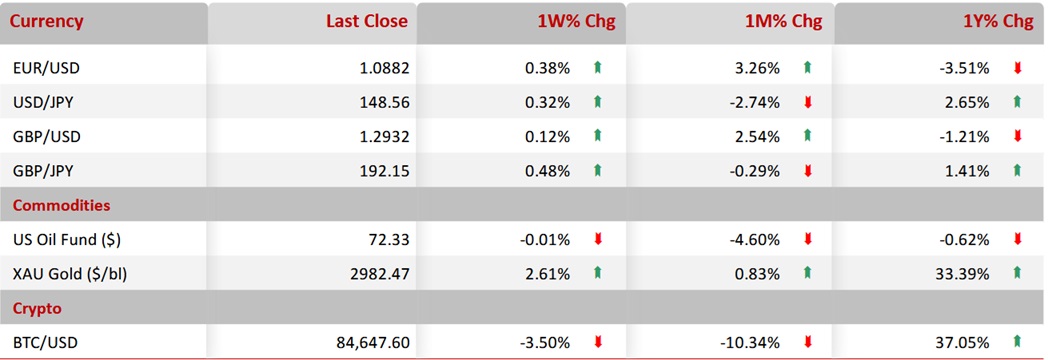
|
| |
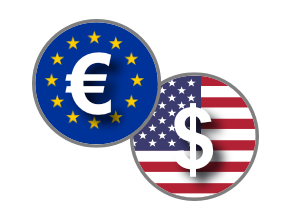
|
|
EUR/USD
|
|
|
EUR Advanced Against Dollar Amid ECB Hawkishness and US Data
|
|
| |
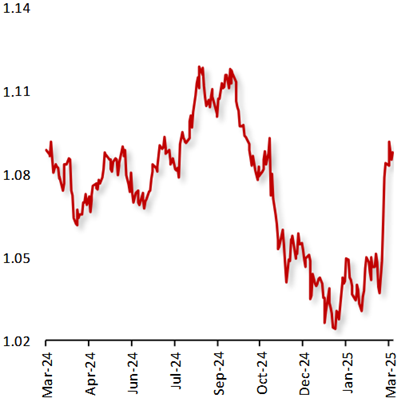
|
|
The EUR advanced 0.38% against USD this week, bolstered by hawkish signals from the European Central Bank (ECB) and mixed US economic data.
European Central Bank (ECB) officials' hawkish rhetoric has lent support to the euro. In the Eurozone, industrial production exceeded expectations in January, and the Sen tix investor confidence index improved in March. Seasonally adjusted GDP grew 0.2% QoQ in Q4 2024, surpassing forecasts.
US President Trump’s tariffs on steel and aluminum triggered European countermeasures, increasing market uncertainty. The US economy showed resilience. Initial jobless claims fell, while the unemployment rate edged higher. Non-farm payrolls increased below expectations, JOLTs job openings advanced, and NFIB optimism fell. CPI inflation moderated, PPI remained flat, and mortgage applications surged but slowed from the prior week.
|
|
| |
| |
| |
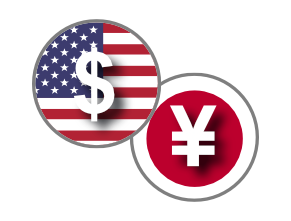
|
|
USD/JPY
|
|
|
Dollar Rises Against Yen Amid BOJ Caution and Strong US Economic Data
|
|
| |
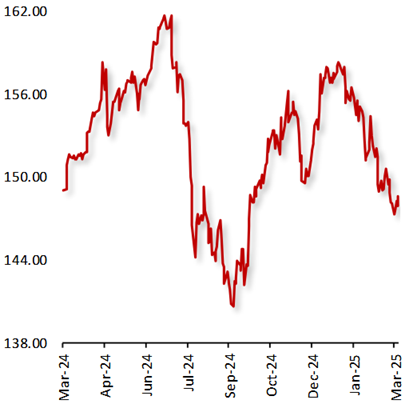
|
|
The USD closed higher 0.32% against JPY this week, as cautious signals from the Bank of Japan (BOJ) and strong US economic data supported the greenback.
The BOJ maintained its short-term interest rate at 0.5%, citing global uncertainties. Meanwhile, Producer price inflation jumped in February. Japan’s Q4 GDP growth was revised up to 2.8%, surpassing expectations.
In the US, the unemployment rate edged higher in February. Non-farm payrolls rose below expectations in February, but JOLTs job openings advanced in January. The NFIB business optimism index declined in February. The CPI moderated and PPI remained flat. Mortgage applications surged but slowed from the prior week.
|
|
| |
| |
| |
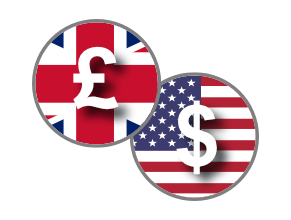
|
|
GBP/USD
|
|
|
Sterling jumps on US trade tensions
|
|
| |
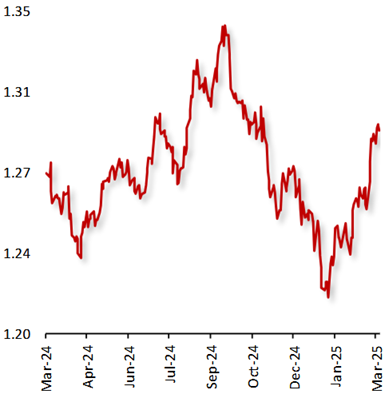
|
|
The GBP rose 0.12% against the USD this week, supported by the UK’s measured response to US-EU trade tensions and mixed economic data.
Despite concerns over US tariffs on steel and aluminum, the UK refrained from immediate retaliation, reducing market volatility. However, the UK house prices declined in February, reversing the prior month’s increase, indicating weakness in the housing market. The BRC retail sales rose just 0.9% YoY, well below the expected 2.4% gain, reflecting weak consumer demand.
The US inflation and Producer Price Index (PPI) data came in softer than expected, reinforcing dovish Fed expectations. Non-farm payrolls increased below market expectations in February but improving from the previous month’s revised 125K. Additionally, JOLTs job openings advanced in January.
|
|
| |
| |
| |
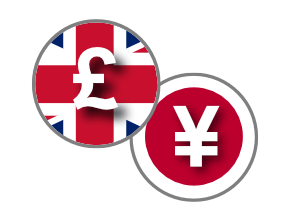
|
|
GBP/JPY
|
|
|
Pound jumps on mixed economic data and Japanese economic concerns
|
|
| |
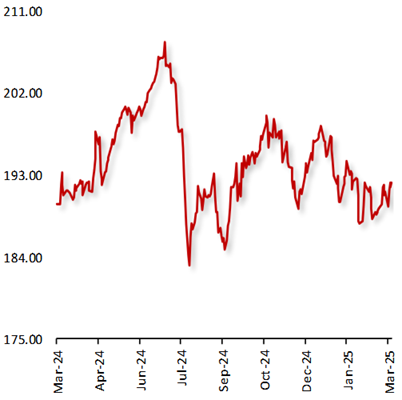
|
|
Gold prices rose last week, driven by escalating trade tensions and expectations of a US Federal Reserve rate cut. The US dollar weakened significantly, hitting its lowest level since mid-October, which made gold more affordable for speculators. Additionally, concerns surrounding the impact of US tariffs on key trading partners, especially Mexico, Canada, and China, continued to drive safe-haven demand, keeping the overall sentiment bullish.
Adding to the positive sentiment, US President Donald Trump's decision to raise tariffs on steel and aluminium imports intensified fears of a global economic slowdown, further supporting gold’s rally. While prices briefly steadied ahead of key US inflation data, overall sentiment stayed bullish. Additionally, cooler inflation figures reinforced expectations of a more dovish monetary stance, enhancing gold’s appeal. Ongoing trade tensions and economic uncertainty continued to push investors toward the safe-haven asset, keeping demand strong and driving prices higher.
|
|
| |
| |
| |

|
|
US Oil Fund ($)
|
|
|
Oil Prices Slip Amid Trade Tensions and Economic Uncertainty
|
|
| |
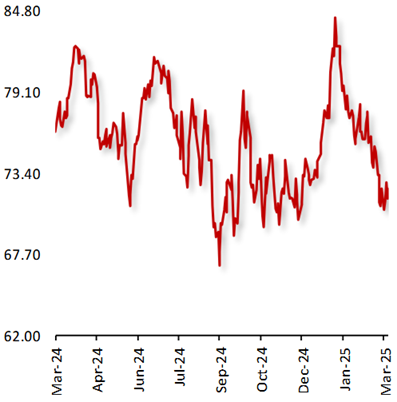
|
|
Oil prices declined last week, influenced by escalating trade tensions and concerns over global economic growth. Additionally, US President Donald Trump threatened to impose additional tariffs on European Union goods which intensified fears of a global economic slowdown that could dampen energy demand. Despite a bullish demand outlook and a larger-than-expected draw in US gasoline inventories, the market remained cautious due to these macroeconomic uncertainties.
Meanwhile, Russian President Vladimir Putin signaled conditional support for a US-backed ceasefire in Ukraine but requested clarifications, delaying any immediate resolution. This dampened hopes for a swift return of Russian energy supplies, providing some support to oil prices despite the overall downward trend.
|
|
| |
| |
| |

|
|
XAU Gold (XAU/USD)
|
|
|
Gold Prices Rise Amid Trade Tensions and Dovish US Fed Expectations
|
|
| |
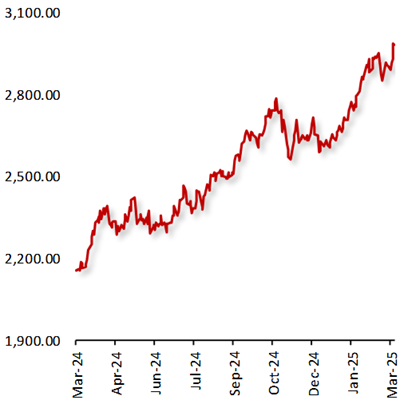
|
|
Gold prices rose last week, driven by escalating trade tensions and expectations of a US Federal Reserve rate cut. The US dollar weakened significantly, hitting its lowest level since mid-October, which made gold more affordable for speculators. Additionally, concerns surrounding the impact of US tariffs on key trading partners, especially Mexico, Canada, and China, continued to drive safe-haven demand, keeping the overall sentiment bullish.
Adding to the positive sentiment, US President Donald Trump's decision to raise tariffs on steel and aluminum imports intensified fears of a global economic slowdown, further supporting gold’s rally. While prices briefly steadied ahead of key US inflation data, overall sentiment stayed bullish. Additionally, cooler inflation figures reinforced expectations of a more dovish monetary stance, enhancing gold’s appeal. Ongoing trade tensions and economic uncertainty continued to push investors toward the safe-haven asset, keeping demand strong and driving prices higher throughout the week.
|
|
| |
| |
| |

|
|
BTC/USD
|
|
|
Bitcoin Struggles Amid Trade Tensions, Recession Fears, and Market Uncertainty
|
|
| |
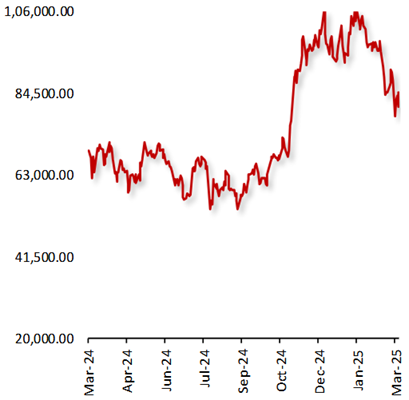
|
|
Bitcoin prices declined last week, weighed down by escalating trade tensions fuelled by US President Donald Trump’s tariff decisions, alongside growing investor caution ahead of the upcoming Federal Reserve meeting. Persistent worries about a US-led trade war and potential recession further dampened market sentiment. Although Bitcoin saw a brief recovery, it remained under pressure, with its rebound stalling as global trade fears lingered.
A broader risk-off mood dominated after Trump’s threat to impose a 200% tariff on European alcohol imports, curbing appetite for risk-heavy assets like Bitcoin. Market uncertainty kept investors wary, with Bitcoin and other volatile assets underperforming. Adding to the cautious tone, investors are closely watching next week’s Federal Reserve meeting for clues on economic policy. This combination of volatility, recession fears, and tariff concerns kept Bitcoin trailing behind the broader market.
|
|
| |
| |
| |
|
| |

|
|
Key Global Currencies and Commodities
|
|
| |
| |
| |
|
Currency
|
| |

|
| |
|
Commodities & Crypto
|
| |
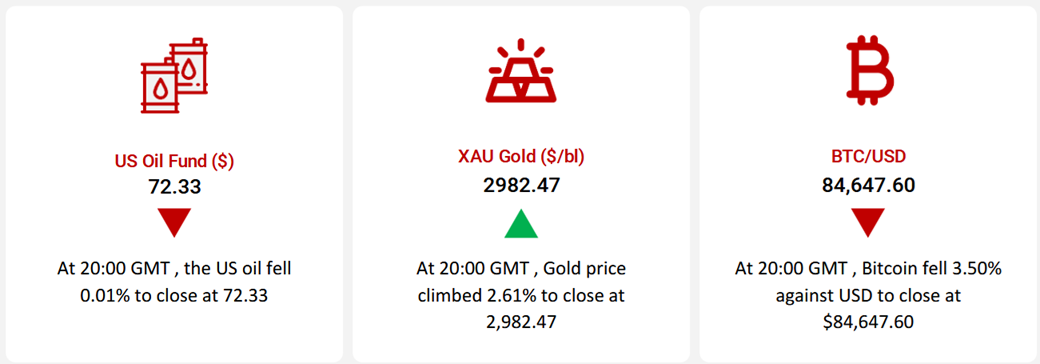
|
| |
|
| |
|